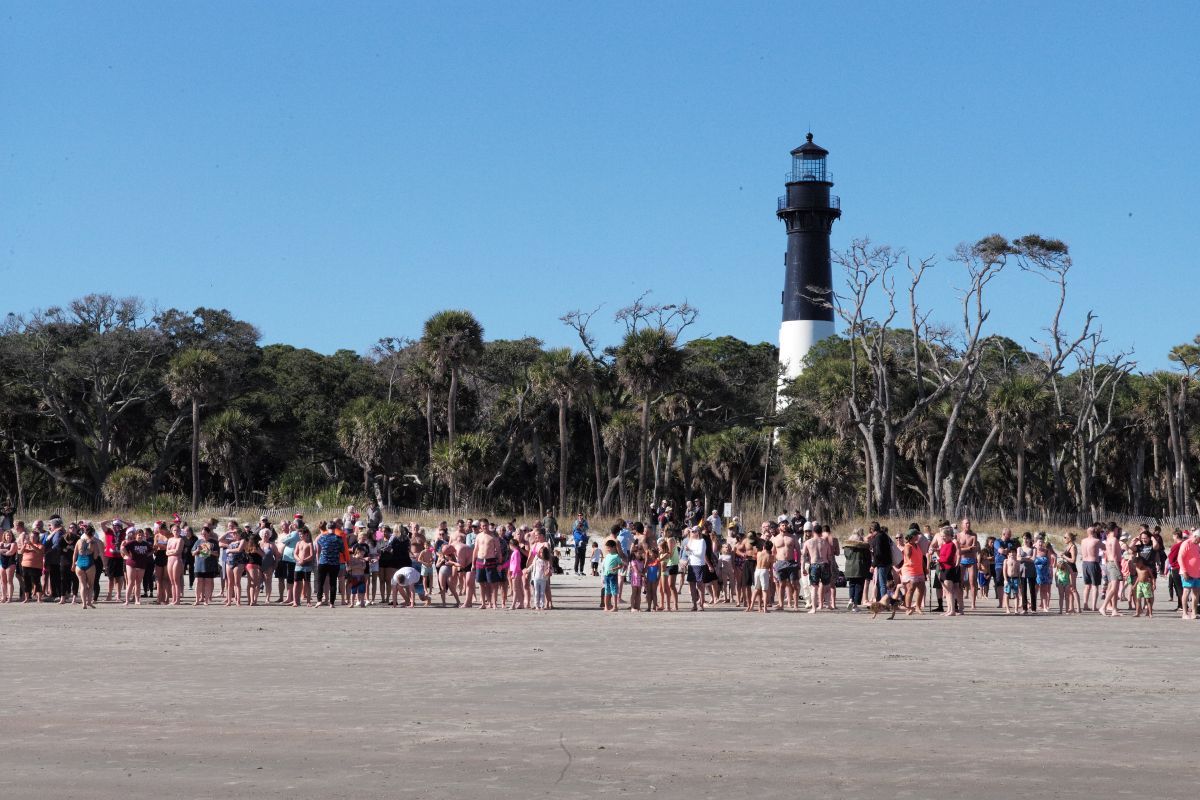Texas, Florida, NC, Georgia, SC added almost 1.2 million people among them this year
By Tim Henderson
Stateline
Southern states continued to get the lion’s share of new residents this year as Texas, Florida, North Carolina, Georgia and South Carolina added almost 1.2 million people among them. The South was the only region that drew net new residents from other states.
Meanwhile, the national population grew by 1.6 million people from births and immigrants, according to U.S. Census Bureau estimates released Tuesday, Dec. 19.
South Carolina had the largest percentage increase between mid-2022 and mid-2023, a 1.7% increase of about 91,000 residents, most of it from people moving in from other states. The Summerville area, inland from Charleston, has been a magnet for movers, drawing hundreds of new residents each month, according to a Stateline analysis of change-of-address data from the U.S. Postal Service.
South Carolina also rose into the top five in terms of the number of new residents, as Arizona tumbled from that spot to No. 7, with growth of about 66,000 people.
Despite booming populations in coastal areas, rural parts of South Carolina are still expected to decline 15% to 30% over the next decade, the state predicts. Newcomers have helped offset an aging population that has seen more deaths than births, said Daniel Tompkins, a statistician at the state Revenue and Fiscal Affairs Office.
In Texas, the one-year increase of about 473,000 includes hundreds of thousands of people moving in from other states and countries as well as new births. The state is drawing a large number of movers to fast-growing suburbs, where newcomers tend to be younger than Texans in general and more likely to have a college degree, said State Demographer Lloyd Potter.
“Like so many others, work brought us here,” said Jason Hall, who recently moved to Georgetown, Texas, an Austin exurb north of Round Rock.
“There is much more opportunity here than where we were before, Las Vegas, and you don’t have the crazy housing prices of California,” said Hall, a surgical assistant whose wife works for an online retailer. He added that suburban Georgetown reminds him of the South Texas area where he lived after leaving the Army 20 years ago.
“Georgetown still has that Texas feel that Austin kind of lost,” Hall said.
Georgetown has had some of the largest numbers of people moving in, according to the postal data for the period covered by the census estimates — the year ending July 1.
The destination list is dominated by Texas and Florida locales: In Texas, Georgetown as well as Katy and Conroe near Houston, and Aubrey and Prosper north of Dallas; in Florida, Port St. Lucie and Palm Bay on the East Coast and Wesley Chapel, north of Tampa.
Florida’s population boom, about 365,000 between mid-2022 and mid-2023, has been made up mostly of people 50 and older moving to the state looking toward downsizing and retirement, while Texas has drawn more working-age people.
In other states, Henderson, Nevada, and Queen Creek, Arizona, have drawn many new movers.
Growth in popular Texas suburbs has been so fast that roads and other infrastructure have been strained, said Potter, the state demographer.
“They’re building big apartment buildings and single-family houses, really just as fast as they can,” Potter said. “With all the new people you need instant housing, but there’s going to be three cars in each of those driveways. It can take years for the infrastructure to catch up.”
The newcomers are more likely to have college degrees than those already living in Texas, Potter said. The Lone Star State, like Florida, grew 1.6%.
In Florida, however, state officials have said growth will slow over the next decade as baby boomers age out of the 50-70 age range that feeds most moves to the state.
The state’s fastest-growing counties as of April, when the state makes its own population estimates, are in north and central Florida, where retirement communities are concentrated, said Richard Doty, a research demographer for the Bureau of Economic and Business Research at the University of Florida.
Population dropped in eight states, down from 19 last year: New York, California, Illinois, Louisiana, Pennsylvania, Oregon, Hawaii and West Virginia.
Tim Henderson covers demographics for Stateline. He has been a reporter at the Miami Herald, the Cincinnati Enquirer and the Journal News. Like SC Daily Gazette, Stateline is part of States Newsroom, a nonprofit news network supported by grants and a coalition of donors as a 501c(3) public charity. Stateline maintains editorial independence. Contact Editor Scott S. Greenberger for questions: info@stateline.org. Follow Stateline on Facebook and Twitter.









